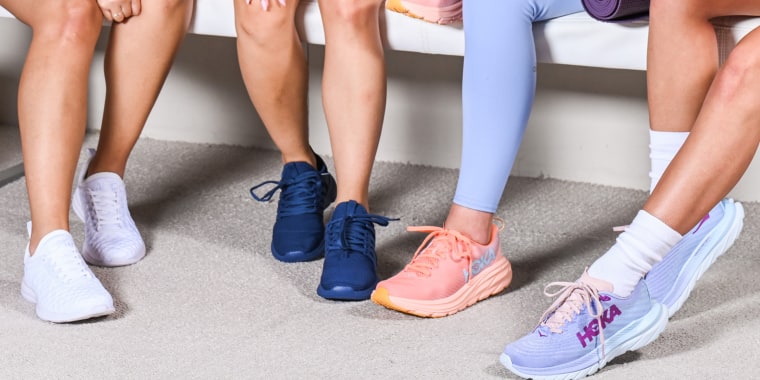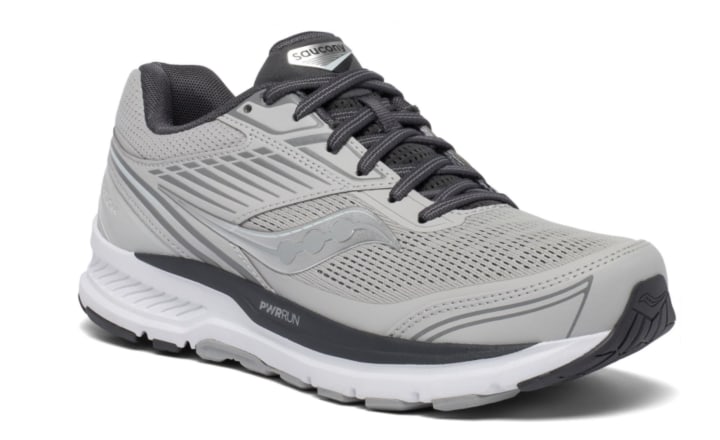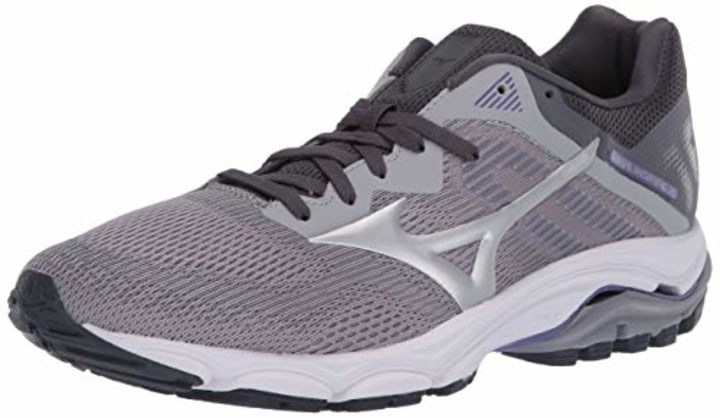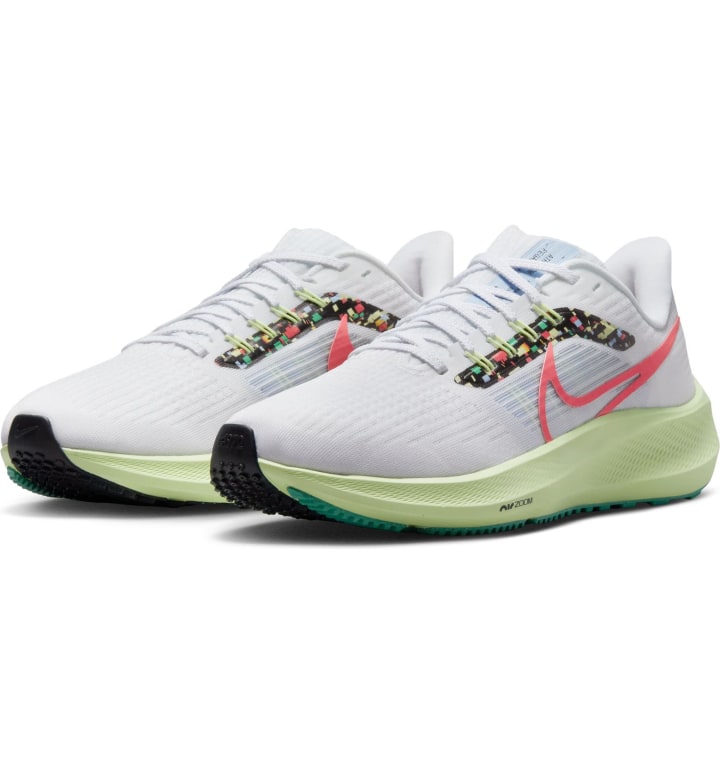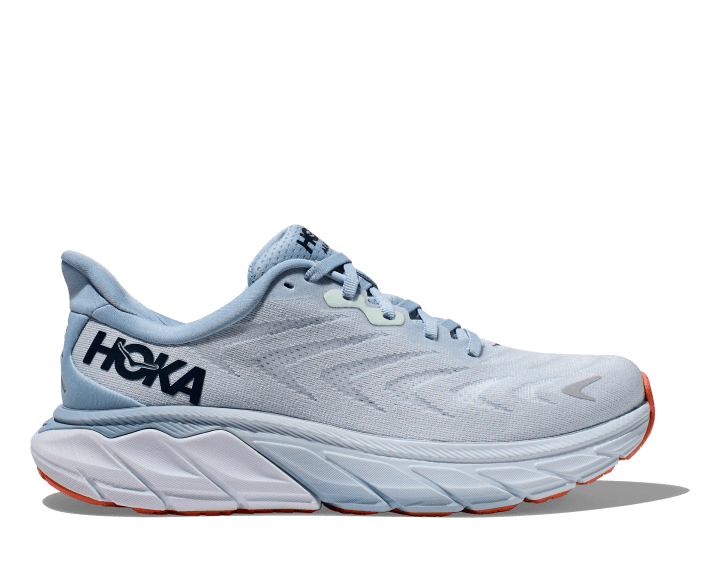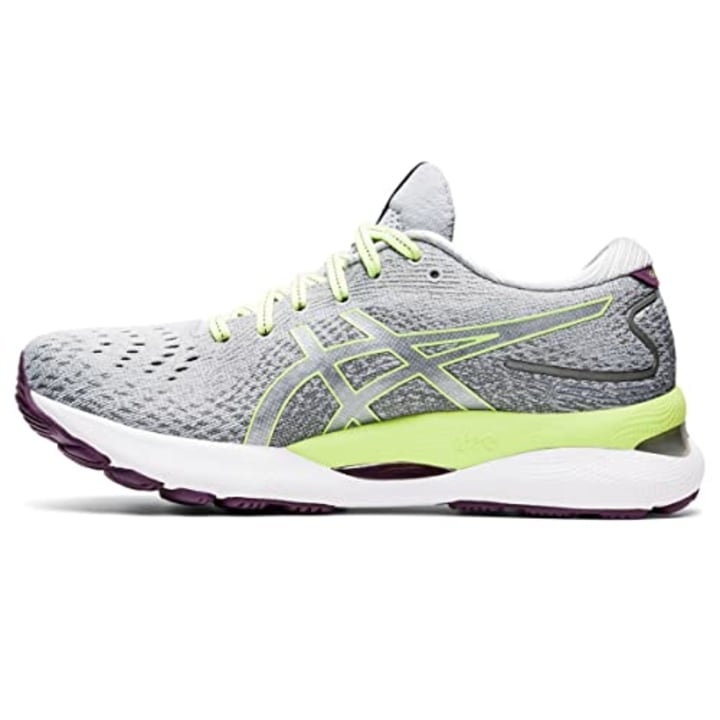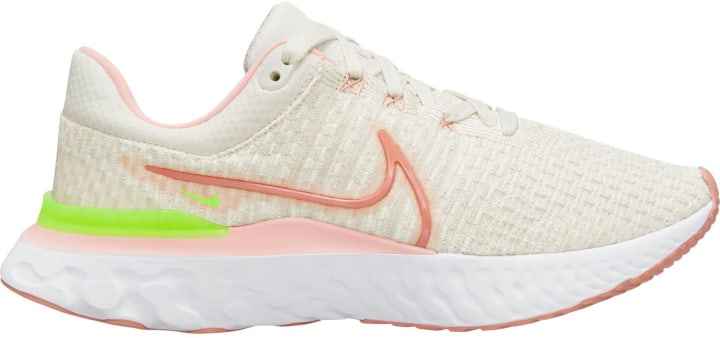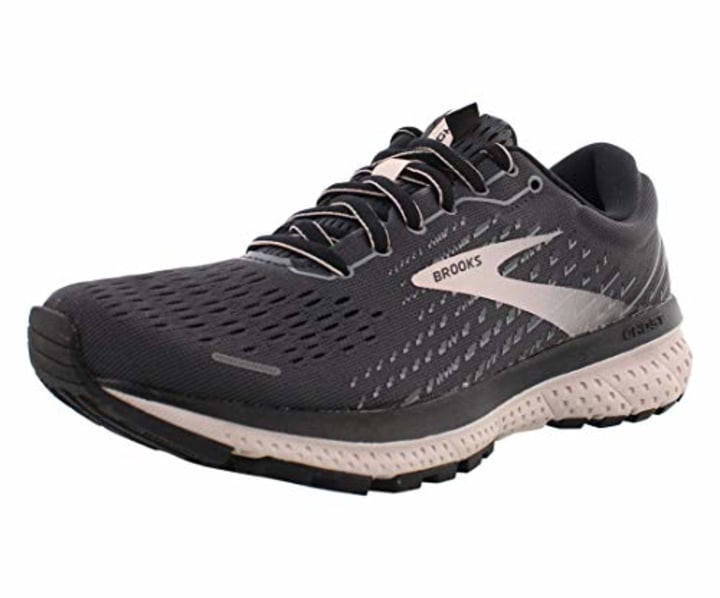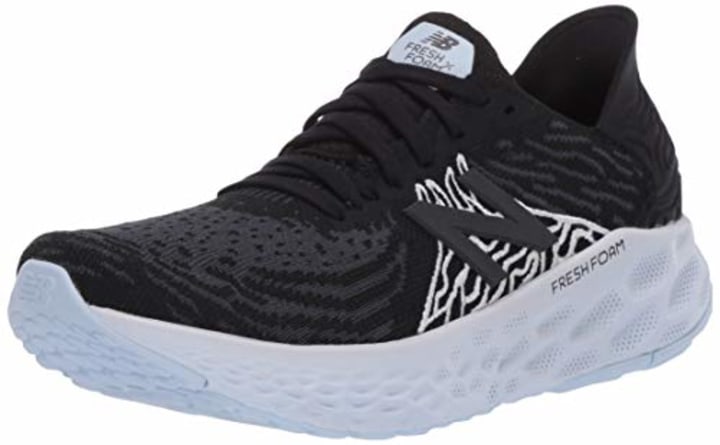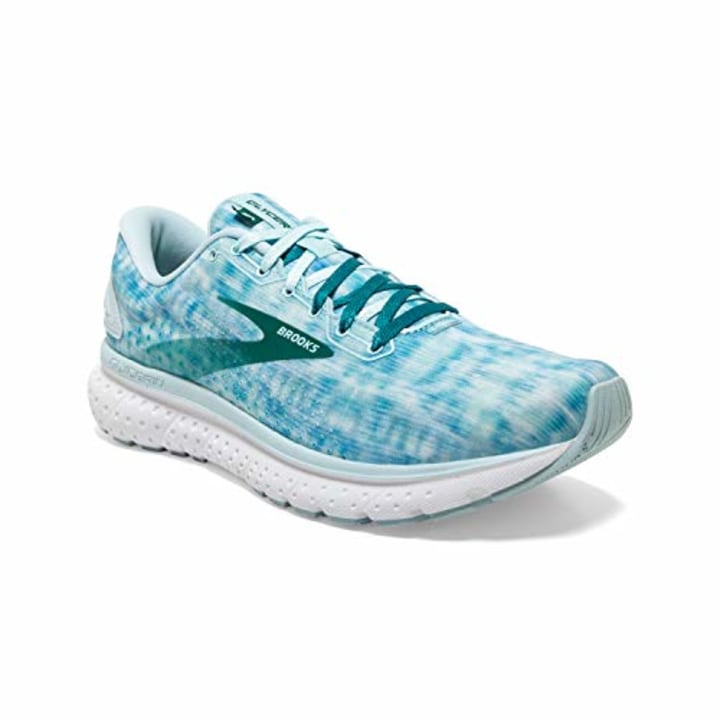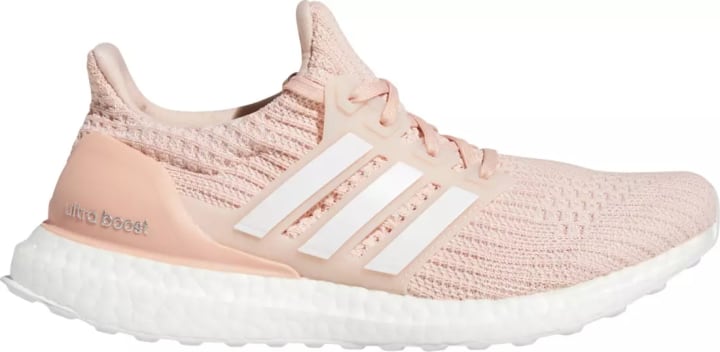Whether you're a casual runner who logs the occasional mile, someone who enjoys a regular long walks or are the kind of person who hits the pavement every day, you want to have the proper foundation. While the right pair of shoes can help you go the distance, you want to be careful not to clock too many miles in one single pair.
Generally, you should be replacing your running shoes about every six months, podiatrist Dr. Suzanne Levine, tells Shop TODAY. After that time period, your shoes can lose their cushioning, which might put you at risk for stress fractures in the feet and legs. "Most people wear out the shoes unevenly," Levine says. "With use, this can add to instability and can result in an increased risk of sprained ankles, plantar fasciitis, shin splints, runner’s knee and even hip injuries."
Of course, the six-month time frame isn't a hard and fast rule. A marathon runner is likely going to need to replace their shoes far sooner than someone who laces up for a long walk a few times a month. That's why a good rule of thumb to follow is replacing them every 400 to 500 miles, she says.
If you're not religiously tracking miles, don't worry. We got expert insight on how to tell if your running shoes need an upgrade — plus, how to determine your foot type to pick the best shoes for you.
How to tell if it's time to replace your running shoes | How to determine your foot type | Best shoes for flat feet | Best shoes for neutral feet | Best shoes for high arches
How to tell if it's time to replace your running shoes
If you're unsure about how many miles you've put on your shoes, there are a few other ways to tell if it might be time to retire the pair:
- Test the midsole: "Take your thumb and press it into the center of the shoe, where the midsole is," says Dr. Miguel Cunha, a podiatrist in New York City. "This area should feel soft and cushy. If it feels stiff and inflexible, this is likely a sign that it’s time for a new pair."
- Test the bounce: Drop one of your shoes on a hard surface, from a few inches above. If it rocks back and forth for more than half of a second after it lands, that could be a sign that the cushioning has lost its bounce, Cunha says.
- Inspect the shoes: You can tell a lot about the state of your shoes simply by looking at them. Check the tread on the bottom. According to Levine, it should never be noticeably worn down.
How do I determine my foot type?
Choosing the right shoes for your foot and gait type is key for the most comfortable fit, Levine says. A podiatrist can evaluate your feet to determine your arch height and gait, or you can take your old running shoes to almost any athletic shoe store and their in-house experts can help you determine the best fit.
Though it's also possible to get this information yourself by looking at your well-loved pair.
People with flat feet tend to be pronators, Cunha says, which means that their feet roll inward when running or walking. If you notice that your shoes are most worn on the top inner edge (in the area around where your big toe sits in the shoe) you likely have this type of foot. If that's the case, you should look for shoes with motion control or stability, to keep your feet in proper alignment with your legs, he explains.
On the flip side, people with high arches tend to be supinators, and their feet roll outwards, Cunha says. If you have this type of foot, you'll see the most wear in the top outer edge, by where your pinky toe sits. With this foot type, Cunha suggests you look for shoes with cushioning for shock absorption.
If you're somewhere in between, you likely have a neutral arch and average gait. With this type of foot, Cuhna says you'll likely see even wear in the middle of the shoe. You'll want to look for a pair of sneakers with a mix of cushioning and support.
Best running shoes for flat feet
Saucony Women's Echelon 8
These shoes have a well-cushioned footbed and provide a good amount of arch support, which can minimize the pain and foot aches that people with flat feet experience, says Cunha. Other features, like a stable base and heel counter, will help ensure you feel good (and stay upright!) throughout your entire run.
Mizuno Wave Inspire 16
Cunha's next pick is well-ventilated, so it's great for those who run hot — literally. While the included footbed provides a solid amount of cushioning with each step, it can be removed and replaced with your favorite shoe insert, for a more custom fit.
Nike Air Zoom Pegasus 39
For more seasoned runners, Levine recommends a pick from Nike's Air Zoom line, as they're well cushioned for comfort. The Air Zoom Pegasus 39 is said to feature responsive cushioning to add an extra oomph to each step.
Hoka One One Arahi 6
Cunha also recommends a previous model of this shoe from Hoka One One, the Arahi 4. It's no longer available, but you can grab this updated version, which is said to be engineered with the same stabilizing J-Frame as its predecessor, and boasts maximal cushioning, while still being lightweight, the brand says.
Best running shoes for neutral feet
Asics Gel-Nimbus 24
This Asics' Gel-Nimbus shoe was made to boost the performance of runners with neutral feet, which is why Cunha gave its predecessor his seal of approval. This version features cushioning in the front and back, which helps provide shock absorption while material in the midsoles provides a cushioned bounce with each step, the brand says.
Nike Women's React Infinity 3 Running Shoes
Sean Fortune, a running coach in New York City, says the men's version of this shoe is his go-to for daily runs. "It's a great all-purpose shoe that many of my running buddies use and that I recommend to all of the runners I coach," he explains. It features a secure fit meant to prevent injuries and a foam midsole that is said to provide support for all three phases of your stride.
Best running shoes for high arches
Brooks Running Ghost 13
The extra cushioning in this shoe can be super helpful for those with high arches, Levine says. It has a fair amount of stabilization for your foot and ankle, which is important if your feet tend to roll inwards.
New Balance Fresh Foam 1080v10
These shoes are said to be a great pick for new runners and seasoned athletes alike. They feature a foam mid-sole, sturdy rubber outsole and breathable mesh fabric. Plus, they come in nine color options, from bright yellow to dark plum.
Brooks Running Glycerin 18
Brooks is known for its running shoes, which is why it's not surprising that Cunha recommends this colorful pair. Reviewers say they appreciate how comfortable and supportive they are.
Adidas Ultraboost DNA
You'll love how good these shoes look with your go-to activewear, thanks to the leather and suede accents, and your feet will love how they feel. The soft material is great for anyone prone to blisters, Levine says.
Meet our experts
- Dr. Suzanne Levine, DPM, is a podiatrist at Millennium Podiatry in New York City.
- Dr. Miguel Cunha, DPM, is a podiatrist and founder of Gotham Foot Care in New York City.
- Sean Fortune is a running coach and founder of Central Park Coaching in New York City.
